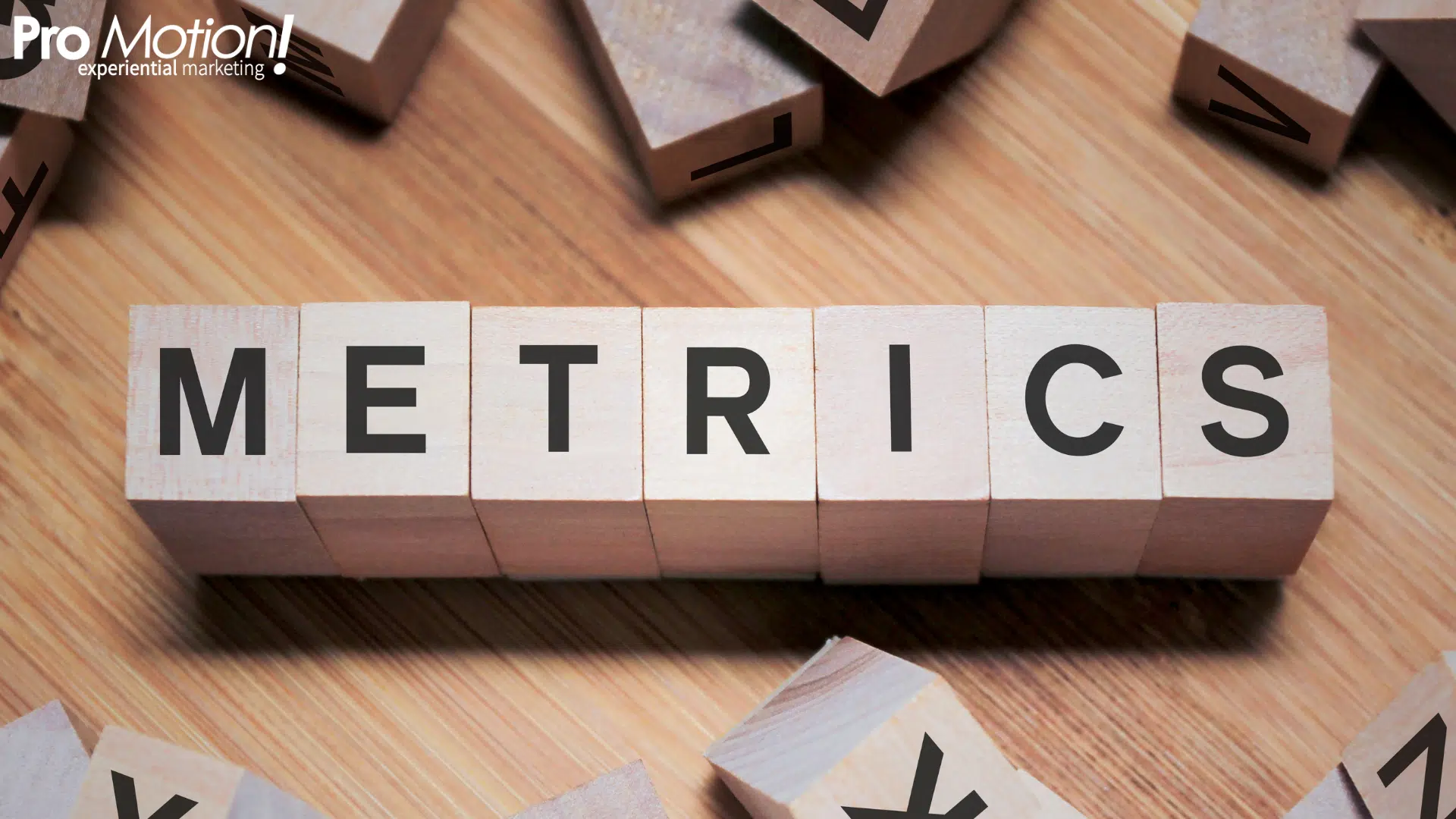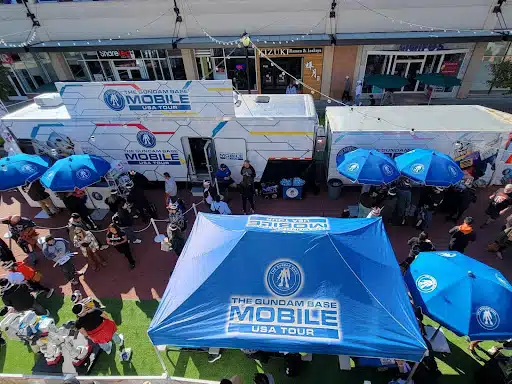It doesn’t matter whether your brand is new or has been around for a while – growing brand awareness, generating trials for your brand, and increasing brand loyalty are three key things you need to consider to be successful.
The process sounds relatively straightforward: by raising brand awareness, you get more consumers to recognize your brand; by encouraging them to try your product, you can win them over and retain them. If other factors fall into place (such as brand authenticity, transparency, the story of the brand, etc.), it is only a matter of time before this new consumer becomes loyal to the brand.
Generating trials should be part of a larger brand activation campaign. This is true when you’re launching a new brand with a completely new product, but it is also true when you’re releasing a new product in an already existing brand. No matter the circumstances, consumers will be grateful for the opportunity to test the product for free before they invest their money in it.
The importance of generating a brand trial
Think of brand trials as test driving. Before you buy a car, you give it a test run, right? You take it out for a spin, make sure that it works right, that it feels right, and then you decide whether or not you want to buy it. It’s not a surprise to learn that consumers love trying things out for free. It gives them a unique opportunity to test a product with no strings attached while giving your brand an opportunity to gain a customer if they like the product. According to a study, 24% of consumers declared that a new product they tried replaced an item they were originally planning to buy.
It doesn’t matter if your brand is a food truck and you’d like consumers to try your revolutionary new taco filling, or if it’s a clothing boutique specializing in medical walking sneakers; if you organize a way for the consumers to feel out your product before committing to it, there’s a high chance you’ll gain a satisfied customer right off the bat. (An incredible 47% of consumers said that sampling, using, or seeing a demonstration of a product influenced their decision to purchase it. That’s how powerful trials can be.)
Ways of generating a trial for your brand
- Product sampling
Giving out samples of your product is one of the most common ways of driving trials. It’s relatively easy, simple, and it gives you the chance to hear the customer’s feedback right away if organized properly.
- Demonstrating
If your product isn’t a consumable, demonstrating your product to your customers or prospects is a great way to get trial and awareness for your brand. Creating a fun experience that shows your brand in its best light is always a great way to allow your customer the opportunity to experience your product in a beneficial way.
- On- and in-pack mechanics
These techniques are useful when launching a new product from an established brand. You can essentially pair samples of the new product with an already existing – preferably popular – product and encourage consumers to try it out.
- Digital marketing
Digital marketing isn’t the best at generating trials because it doesn’t put the product directly into the consumer’s hands. However, you can’t deny the effectiveness of social media marketing. Through the power of social media, you can promote any of the previously mentioned ways of driving trials for maximum effect.
All of that being said, there is a form of event marketing that goes beyond all of those listed here. It doesn’t only raise brand awareness and generate trials, but it also strengthens the emotional bond between the brand and the consumer, while also creating a memorable, live experience.
We’re, of course, talking about experiential marketing.
How experiential marketing drives trial for your brand
Experiential marketing is, how its very name suggests, focuses on creating an experience for target audiences. This experience can be an event or something that promotes physical engagement with the consumer. Take the example of Volkswagen’s piano staircase: the car manufacturer converted an outdoor staircase into piano keys, with each step releasing a sound as a person climbed the stairs. The goal was to encourage people to take the stairs instead of an escalator, to promote an active lifestyle, and to introduce some fun into everyday mundanity. (And they succeeded: 66% more people chose the piano staircase over the escalator compared to before.)
Using experiential elements to enhance the customer experience has more benefits than you might think. It is exactly through these benefits that experiential marketing stimulates consumers to try your product in an environment that evokes positive feelings from the consumer toward your brand.
Here are the key ways that different types of experiential marketing solutions can boost trials for your brand:
1. Building strong emotional connections
Cultivating an emotional relationship with consumers is one of the most important strategies a brand could have. This is especially vital for B2C brands that cater to the masses. Experiential marketing programs allow your brand to connect with consumers through a new experience. This can be something exciting, delightful, comforting, or perhaps something that makes their heart beat a little faster.
When their emotions are running high, and consumers are surrounded by laughter and fun and a break from their everyday lives, they are more inclined to try your product and fall in love with it. Most often, you don’t even need to have an already existing relationship with the consumer for this to happen. Their experience just needs to be a great one. (See: pretty much every Red Bull sponsored high-adrenaline event ever.)
2. Helping consumers understand your product
An experiential event allows you to interact with your consumers face to face. Your brand ambassadors should be personable and have a good knowledge of what your brand is about. Not only about its products, but also about the story surrounding it. They will help consumers understand the purpose of your product and how it can change their lives for the better.
There will be no better opportunity for you to explain your product directly to the consumers than through an experiential marketing strategy. As they test it out, they can easily grasp its concept and gauge whether or not they’d like to have it, which is the first step to them actually buying it. The psychological goal is to get the a-ha moment as we did with Fiskars.
3. Creating brand fanatics
Brand fanatics are consumers that are fiercely loyal to their favorite brands. You see them everywhere: people who only purchase Apple products, people who are wearing Nike from head to toe, and people who only drive one brand of car. These consumers will search for their brand’s products in different places until they find it, and they won’t settle for a replacement brand if their favorite products are currently unavailable. Brand fanatics are invaluable because of their relatively frequent repurchasing, their word of mouth power (people talking about your brand), and because you don’t have to market as hard to a fanatic, you just need to keep them engaged with your brand.
Experiential campaigns create brand fanatics. People who have an unforgettable experience with a brand, whether that is the piano staircase mentioned above or the private jet flight we’re going to talk about in a bit, instantly become more loyal to the brand. And loyal consumers are more than eager to try new products (and talk about them) once they arrive.
4. Setting up a controlled environment
Experiential campaigns can be a short-term event or can be a fully integrated marketing campaign. They can be a pop-up marketing campaign, an activation event, a place where the consumers come to relax and entertain themselves, while at the same time trying out your products. These customer engagement marketing events are a controlled environment and are well-thoughout and activated with purpose. The consumer is completely enveloped in the experience, free from any worries or distractions, and happy to engage with other consumers and brand ambassadors because we have caught them at the right time, at the right place with the right message. Ideally, they don’t even think about the experience as a marketing program.
These types of physical environments can prove to be crucial for driving trial. Because you have arranged for the consumer to let escape from their reality, they are now more receptive to your product and to your brand as a whole. As a result, the chances of them liking your product and purchasing it right there on the spot (if possible) are incredibly high.
5. Creating unforgettable memories
Lastly, the experience the consumer gets at an experiential marketing campaign is one they won’t forget for a good while to come. It doesn’t matter whether the event was big or small. Children who treated large teddy bears for pretend illnesses at the Doc McStuffin’s Check-Up Clinic will fondly recall that event, just as much as someone who won a trip on a private jet with the Guinness Class service. As experiential marketing experts know, an ad lasts only a few seconds; a memorable experience lasts a lifetime.
Even if the experiential event didn’t have any products for the consumers to try, they aren’t going to forget your brand. In fact, they are going to recall their immersive experiences the very next moment they lay eyes on your brand’s name and will want to try the product at once, simply for the fact that they had such a great time at the event.
When it comes to emotional reactions and creating deep psychological and emotional connections between consumers and brands, no strategy does it better than experiential marketing.
Want to work directly with an accomplished experiential marketing agency with 25 years of experience? Pro Motion is an industry leader in creating engaging, effective campaigns. Give us a call at 636.577.8507.
Learn More About Experiential Marketing from PMI President Steve Randazzo in his book Brand Experiences: Building Connections in a Digitally Cluttered World. Click here to download 2 free chapters!




